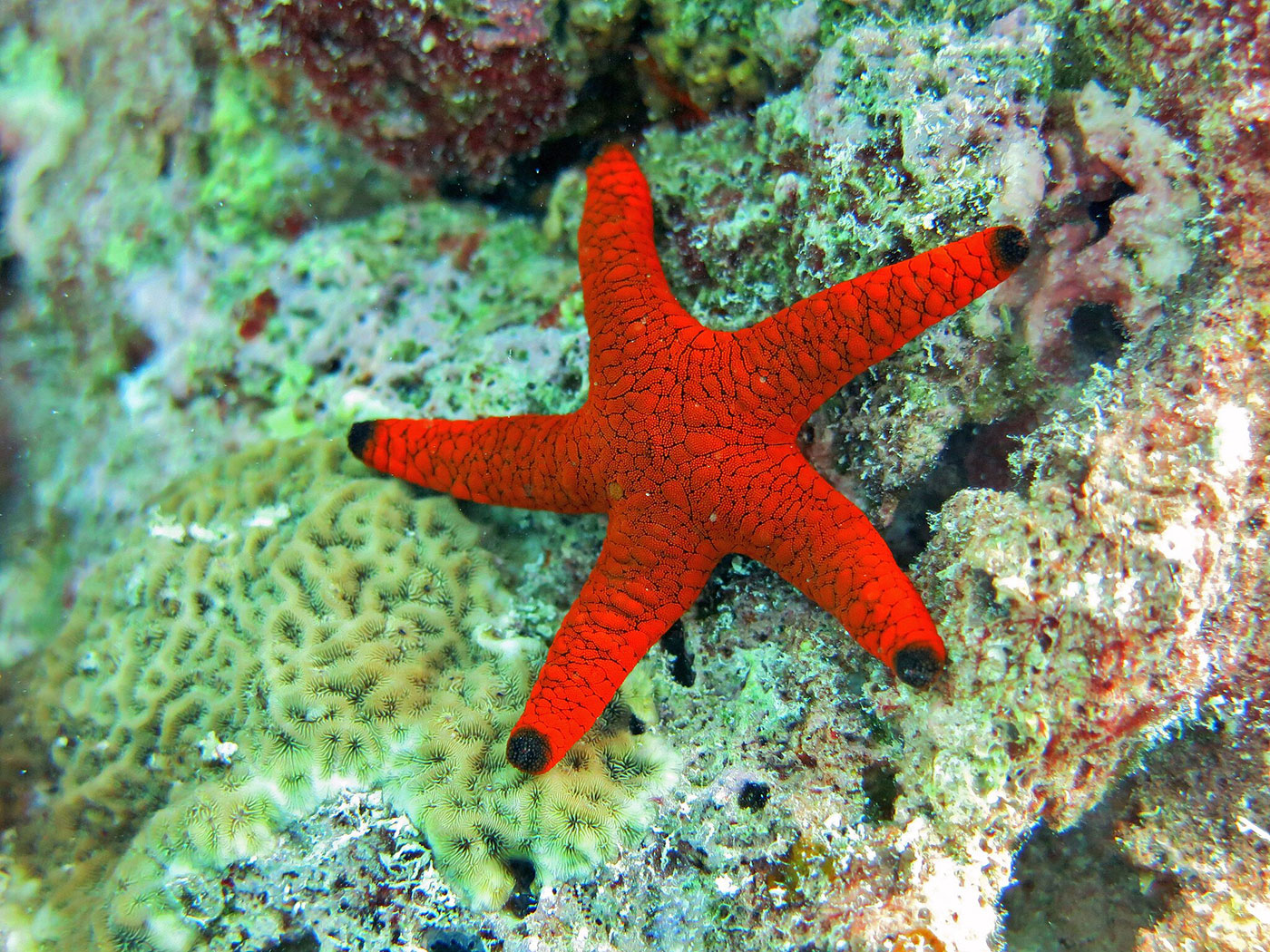
Stone Blades Cut Back Evolutionary Dates
Evolutionary anthropologists once thought that stone knives were developed in the late Stone Age, around 40,000 years ago. That figure was later revised to 200,000, around the Middle Stone Age, when stone blades were discovered in lower strata.

Tail-gliding Bugs Are Not Evidence for Flight Evolution
Researchers recently announced that they have unlocked some of the mystery surrounding the evolution of insect flight.1 Their observance of a certain wingless insect led them to hypothesize that its “directed aerial descent” might be an important stage in flight evolution. But is it?

The First and Best Biotechnician
Mankind’s attempts at bioengineering have yet to match the precision of some techniques already found in nature: cloning, tissue culturing, and gene therapy. Recent studies have explored how these processes operate in amoebas, aphids, and parasitic wasps, respectively.

Deadly Waters No Problem for Well-Equipped Algae
Arsenic is a common toxic component in pesticides and herbicides, and one place it is found naturally is in the hot springs of Yellowstone National Park. The arsenic in the water there would be deadly to many living creatures, yet the Cyanidioschyzon algae thrive in it because they are specially equipped to detoxify arsenic through chemical modification.

Altruistic Aphids, an Evolutionary Anomaly
Certain aphids manipulate plant tissues to form a hollow gall in which they then reside. But aphids will also help heal plant tissue that they’ve damaged. This behavior serves as a vital self-defense mechanism, because when the gall’s walls are eaten by caterpillars, the tender aphids inside become easy prey for other insect predators.








